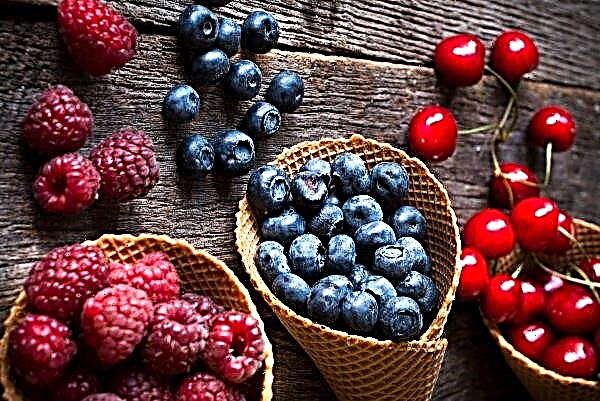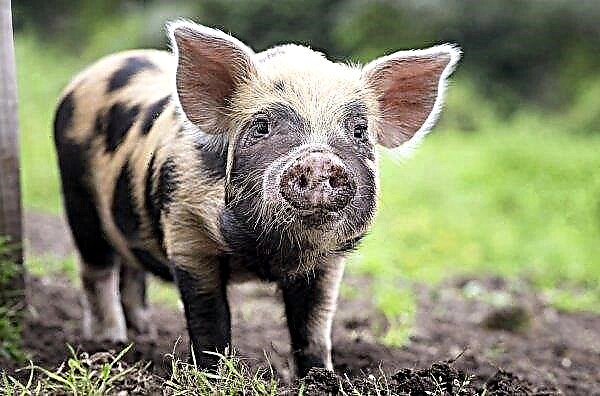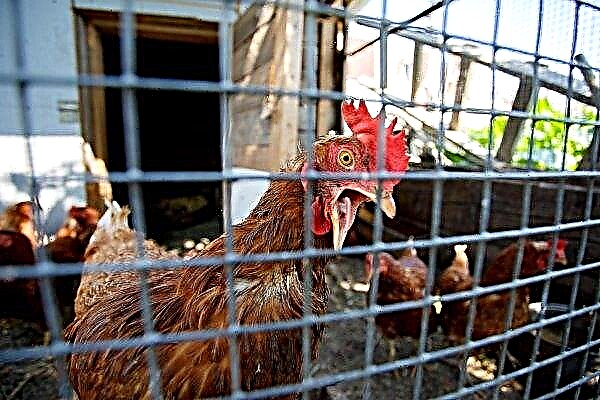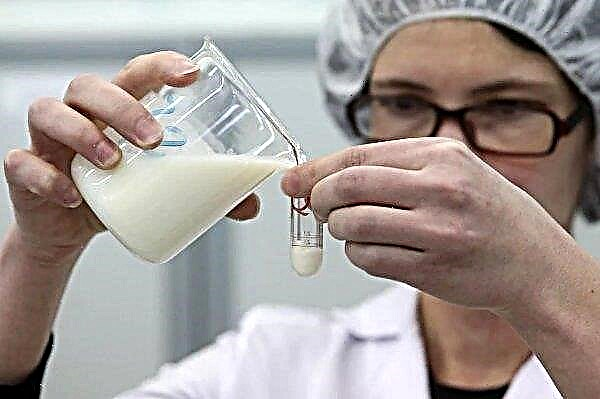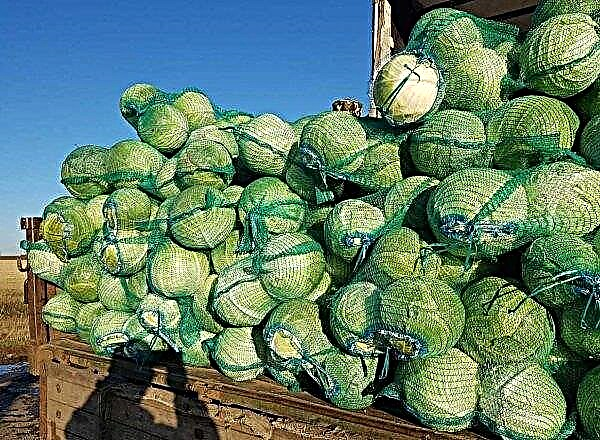Many gardeners love to grow philodendron. This evergreen flower with interesting elegant leaves will decorate any apartment, office or greenhouse. In addition, he is completely unpretentious. This article discusses the varieties of this plant and the features of caring for it.
Features and origin of the plant
The native places for the philodendron are the humid tropics of Central and South America. For the first time, botanists drew attention to him in the middle of the 17th century, when his leaves were picked for herbarium. Since then, attempts have begun to classify this plant, not without particular success.
And only in 1829 the scientist G.V. Schott described the genus Philodendron and assigned him a worthy place in the Aroid family. Today this genus includes about 900 species, but not all are well studied.
The word philodendron literally means love wood. It was called that because the plant likes to live on trees. Different species manifest themselves as epiphytes (grow on trees), half-epiphytes (partly rooted in the ground, and partly on trees) chemieepiphytes (begin to grow from the ground, then crawl onto trees, after which the earthy roots die off).
They have the ability to live and crawl through trees thanks to the aerial roots that form at nodes and internodes. The purpose of the roots is different: thin and short threads are attached to the support plant, and thicker and longer roots are the channels of food and drink. To exist without support, a liana cannot. Therefore, if in nature the seed sprouted in the ground not near the tree, growing, the creeper creeps toward the shade of the plant, which it later climbs.
Therefore, if in nature the seed sprouted in the ground not near the tree, growing, the creeper creeps toward the shade of the plant, which it later climbs.
The leaves are arranged on the stem alternately on the petioles. They are usually large, but the sizes are different depending on the species: from 11 cm to 1 m. Sometimes in the rainforest you can find a vine with 2-meter leaves. The color of the leaves varies from dark green to purple.
But the most characteristic feature is the shape of the sheet plates. It is the most diverse: heart-shaped, arrow-shaped, dissected, palmate and others. The edges of the leaves can be smooth, wavy or jagged. Even in one flower, young and adult leaves have different shapes.
In addition to the usual, the philodendron has scaly leaves-cataphillas. They are designed to protect the buds from which petiole leaves grow. Having completed their task, cataphillas often fall away, leaving traces on the trunk.
The stems are fleshy, are long (2-3 m) or very short, a few centimeters long. With age, the lower part of the trunk becomes lignified. The flower looks like a cob wrapped in a dense wax blanket, often looking like a hood. At home, almost no blooms.
Did you know? At the end of the XIX century. During the war between Bolivia and Paraguay, dead soldiers were found several times near one of the larger types of philodendron (double-leafed). It was believed that this tree with a stupefying smell was a cannibal that killed these people, but the rumors did not materialize.
Types of Philodendron
Of the several hundred species of philodendrons, not all can be grown at home. Nevertheless, indoor varieties are also very many. Along with the old names, new ones appear annually.
Overview of popular types and varieties of philodendrons:
- Warty - a beautiful vine with fragile shoots; leaves are large (15–20 cm long and about 10 cm wide), heart-shaped; the surface of the leaf plate is warty-fleecy, velvet to the touch; the color is bronze-green, and the veins are highlighted in a lighter shade;

- Climbing (Ivy) - ampelous, grows without support in hanging pots: leaves are leathery, dark green in color, small in size (8-15 cm long, 5-10 cm wide); easily takes root in shaded places;

- Brilliant (mikans) - a small, small-stemmed vine, unpretentious in care: the leaves are relatively small (up to 10 cm), have a velvety surface; the color is green with a reddish tint that gradually turns brown;

- Hastate has a long narrow foliage (up to 40 cm in length), glossy, pale green; the shape of the leaves resembles spears or arrows;

- Scaly - a creeping plant with feathery leaves of large sizes (up to 30 cm in length); new leaves have 3 blades, and older leaves have 5, of which 2 hind lobes are much shorter than the others; reddish petioles have a hair covering that resembles scales.

- Elegant - single-stemmed liana: large foliage (45–70 cm), oval, dark green in color; the sheet plate is deeply dissected and looks very elegant;

- Selloor Bicoperiformes, or Dicotyledoniformes has strong lignified stems, which in natural conditions stretch up to 3 m, and in home - up to 1.5 m; leaves are long (60–90 cm), triangular and elongated heart-shaped; foliage strongly dissected, twice pinnate;

- Guitar-like - flexible 2-meter liana in need of support; leaves are shiny, dark green, grow up to 50 cm in length; the new foliage has an elongated heart-shaped form; growing up, the sheet is divided into 3 blades and vaguely resembles a guitar;

- Evans - an exotic plant with unusual foliage: large (60–80 cm long and up to 50 cm wide), shiny, triangular and heart-shaped; the color of young leaves is green-brown with bright green veins, and that of adults is simply green; the whole sheet plate, but wavy curly edges give the impression of pinnate;

- Radiant - 1.5-meter liana (sometimes reaches 3 m in length); leaves are small (up to 20 cm), dense, very dissected;

- Xanadu (xanadu) - a creeping vine with a lignified stem: leaves are rather large (40 cm), soft, elongated, become feathery with age;

- Golden Black Andre —Very beautiful liana, attracts with a wide variety of deciduous cover: new leaves are small (up to 7 cm), heart-shaped, red with copper tint, older leaves are more than 40 cm in length, more elongated, green with a bronze tint, light veins and brightened edges;

- Martiana It is not curly, but a bushy plant of a magnificent shape: leaf petioles thickened, similar to a spindle, up to 8 cm in diameter; the foliage is long (40 or 50 cm), has the shape of an extended heart, shiny;

- Mediopikta, or “Brazil” - a hybrid of the Climbing Philodendron: similar to its curly “parent”, is distinguished by yellow and light green stripes and spots adorning the leaves;

- Red Emerald - compact vine with red shoots and petioles, new foliage of dark red color;

- Imperial Green: dark green leathery leaves with light veins collected in a thick outlet;

- Goldie Locke: green foliage with a golden tint, with age change color to light green;

- Imperial Red (Imperial Red): a large rosette of large dark red leaves;
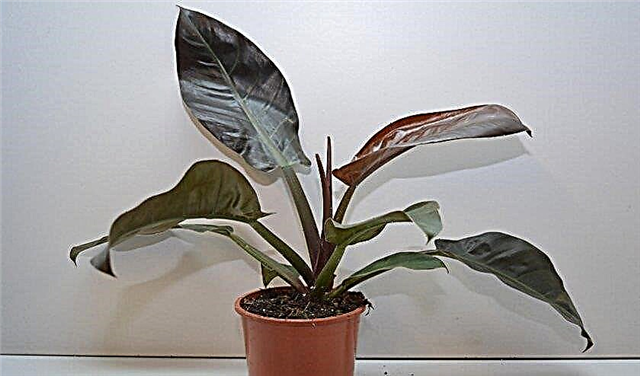
- Burle marx - a very branched vine, from which a bright green ball is formed;

- Ilzeman, or Decorated (ornatum) - a liana tending upwards, with ovoid and heart-shaped green leaves decorated with a silver ornament;
- Pink Princess: in good light, a beautiful pink pattern appears on leaf blades.

Care Features
Although the philodendron is a special flower, it is very unpretentious. To look after him in the apartment is not difficult. If you provide him with optimal conditions, he will be a living decoration of a room or office for 4 or 5 years.
Important! Philodendron is growing very fast. Some species are lengthened by 60–100 cm per year. Therefore, not every room is suitable for such a flower.
Optimal conditions
A room philodendron feels comfortable in the following conditions:
- lighting bright, but from direct sunlight you need to shade; varieties with monophonic leaves freely tolerate partial shade, and variegated in the shade cease to be variegated;
- temperature: in spring and summer - + 20 ... + 25 ° С, in winter - not lower than + 15 ° С;
- humidity increased air: it is necessary to spray the plants and supports with standing water in the warm season, as well as in winter, if the air is dry due to the heater;
- the soil: light, loose, with neutral or low acidity; suitable soil for orchids or a home-made substrate of turf and peat soil, humus and sand or vermiculite (2: 1: 1: 0.5); a thick layer of drainage is required;
- support necessary: plastic mesh or pole covered with moss;
- transfer: young plants every year, and adults after 3-5 years.

Watering and feeding
Philodendrons love moderate humidity. The earth in the pot should always remain slightly moist, but not wet. Therefore, watering is necessary as the topsoil dries. The frequency of watering depends on the season: in summer - more often, in winter - less.
The plant does not like extremes, this will affect its health: with a regular lack of moisture, the ends of the leaves dry out, and then they completely disappear. When water stagnates in a pot, the foliage turns yellow. Water must not be allowed to stagnate in the sump. For irrigation, water at room temperature is used.
Important! A big plus: the tropical flower easily tolerates a one-time lack of watering for 2 weeks. Therefore, you can, without worrying, go on vacation.
In the natural environment, philodendron does not lack natural fertilizers. At home, he, too, is happy to take nutrition with nutrients. For this purpose, you can use complex mineral dressings for decorative leafy plants, but the solution should be less concentrated than indicated on the package.
The flower responds well to fertilizers containing nitrogen, potassium and phosphorus. In the warm season, the flower is fed once every 2 weeks. In cold weather, the frequency of top dressing is reduced to 1 time per month, provided that the room is warm.
If the apartment is cold in winter, top dressing is canceled just before spring. Overfeeding and underfeeding will certainly affect the condition of the plant: with an excess of nutrition, the leaves become yellow, brown, sluggish, and with a lack of - the flower grows slowly, the leaves are small, yellow and dry.
Breeding
Propagating philodendrons at home is not at all difficult. To do this, you can use fragments of the mother plant: apical and stem cuttings, as well as a leaf, separated with the heel. Such pruning becomes an incentive for the growth of the mother flower.
The process of reproduction is carried out in the following order:
- Cuttings are cut with a sharp knife, and the leaf is separated from the trunk. On the handle for planting should be two nodes, preferably aerial roots.
- Disinfection sections are dusted with coal dust.
- Cuttings are planted in a box of wet sand or a mixture of peat and sand.
- The box is covered with glass or a plastic bag to make a warm mini-greenhouse.
- Sprouts need to be aired daily.
- When a new leaf appears, the rooted cuttings can be transplanted into small pots with the usual nutritious soil mixture.
Cuttings with existing aerial roots take root faster than without them. If the fragment for planting does not have roots, for example, a leaf with a heel, then it can first be put into water until it takes root. Or you can immediately plant it in a nutrient substrate for rooting and further growth.
Important! Philodendron juice is poisonous. Therefore, any manipulations with the flower should be done with rubber gloves..
Plant pests and diseases
With proper care, philodendron is resistant to disease. With excessive watering and stagnation of water in the pot, the plant can get root rot. To cure a plant, it must be transplanted into a new light soil, while cleaning the roots of the rotten parts and disinfecting them. You also need to resume moderate watering. Of the pests, scale insects, spider mites and thrips can attack the flower.
Of the pests, scale insects, spider mites and thrips can attack the flower.
Methods of struggle:
- The affected flower must be separated from other plants in order to protect them.
- Using a soapy solution, wipe the leaves, removing insects.
- Thoroughly rinse the entire plant with running warm water.
- If necessary, spray the stems and leaves with an insecticide, for example, Actellik, Karbofos or other means.
Useful growing tips
It is very important to monitor the level of moisture in the soil and air. Deviations in that regard, namely too dry air and an over-dried earthen clod, as well as excessively moist air and constantly wet earth, reduce the immunity of the plant, increase the risk of disease and create favorable conditions for the appearance and propagation of pests.
Did you know? Inside the philodendron is milk juice containing rubber. In the homeland of the plant, this poisonous substance is used to stifle fish, and also to solder airguns.
Philodendron can beautify any room with its exotic grace. And to look after him is not at all difficult. Even a beginner grower can easily cope with this.





















